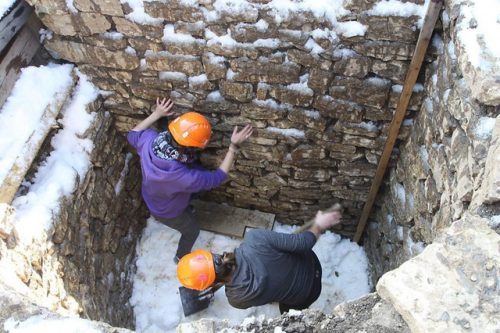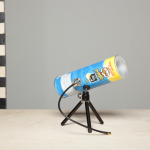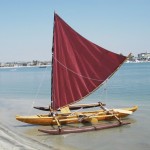Archaeologists are trying to definitively establish if mysterious shafts discovered at Switzerland’s extensive Augusta Raurica site in 2013 could have been ancient “refrigerators”. It is likely that the Romans used shafts like the four-metre deep examples at Augusta Raurica – some 20 kilometres from Basel – as cool stores during summer.
The shafts were filled with snow and ice during winter to keep the space cool well into the summer months. This then allowed for everything from cheese to wine and even oysters to be preserved during warm weather.
A first attempt to recreate the ancient cool box failed after archaeologists at the dig filled the shaft with snow all in one go. That experiment showed temperatures in the shaft were above freezing point even in winter. The second try was more successful: the shaft was gradually filled with snow and ice blocks were placed inside as well. Using these methods, snow remained until June.
For their third attempt, researchers used methods developed by the so-called ‘nevaters’ or ice-makers on the Spanish island of Majorca. This will see the researchers placing 20–30-centimetre-thick layers of snow into the shaft. These individual layers will then be compacted down with a straw cover placed on top of each one.
Quoted from The Local: Swiss researchers try to get ancient fridge working (again).






